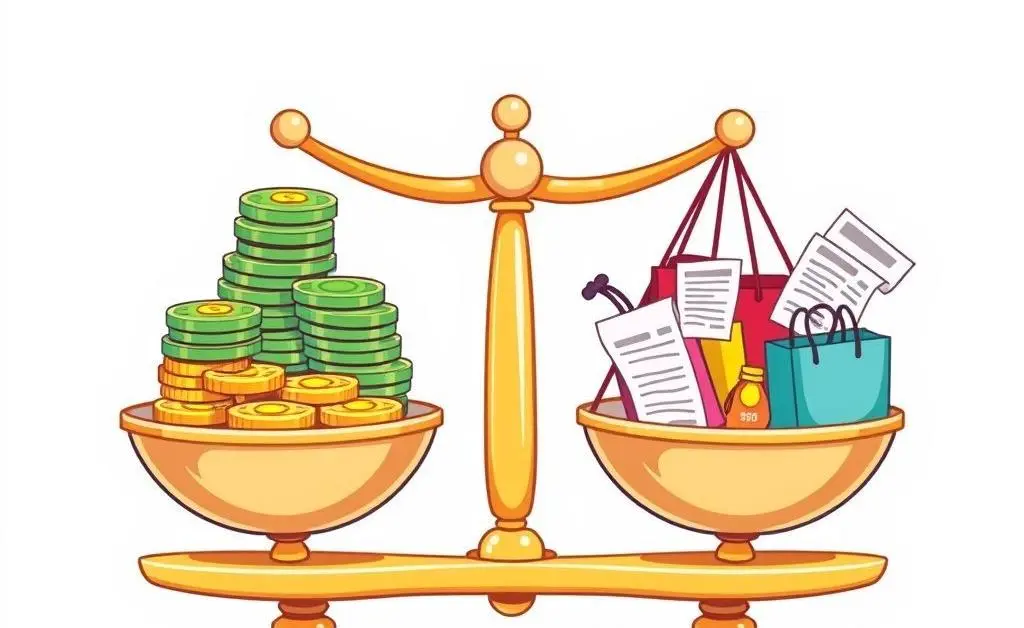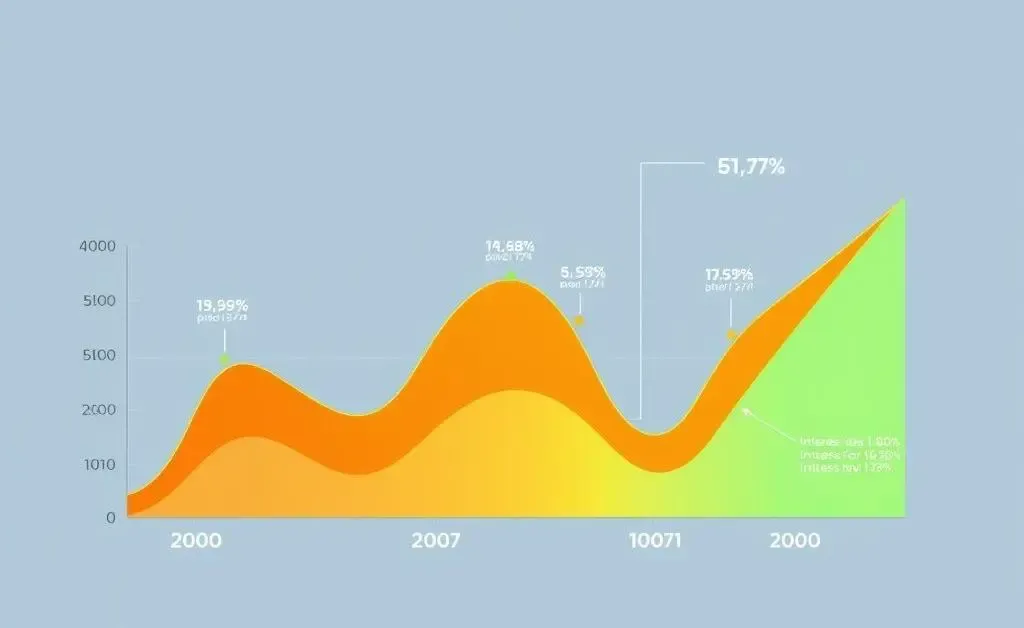Understanding Margin Accounts: A Friendly Guide to Smarter Investing
Learn what margin accounts are and how they impact your investment strategies with our engaging guide.

Have you ever heard of margin accounts? They might sound complicated, but let me tell you, they're more approachable than you'd think! A margin account is like borrowing money from a friend to invest, with the promise to pay them back with a little extra (interest). After all, who wouldn't want some extra capital to boost their investment game?
What is a Margin Account?
In the simplest terms, a margin account allows you to borrow money from your brokerage to purchase more stocks than you could with just your available funds. It's like investing on steroids but caution: it comes with amplified risks alongside potential rewards.

The Good, the Bad, and the Margin
Let's imagine you're at a summer fair, and there's a game booth promising dazzling prizes. You have just a few tickets, yet the games require more tickets than you have. So, you borrow some tickets from a friend, intending to win a huge stuffed teddy bear—and voilà, that's investing with margin.
- Pros: More buying power, potential for greater gains, flexibility in trades.
- Cons: Increased risk of loss, interest charges, potential for margin calls.
- Costs: Make sure you're aware of the interest rates and maintenance requirements.

How Do Margin Calls Work?
Imagine you took those extra tickets, but the game didn't go well. Not only do you owe your friend, but they also demand those tickets back quickly. In the world of margin accounts, this is known as a margin call. Your broker will require you to deposit more funds into your account to meet the minimum balance.
Is a Margin Account Right for You?
Before diving in, consider your risk tolerance, investment goals, and whether you can handle the interest payments. Everyone's situation is unique, much like choosing the perfect ice cream flavor.

So, what do you think? Are margin accounts a nifty tool or too much of a gamble? Consider what works for your strategy, and remember, the key to investing is finding the right balance between risk and reward. Feel inspired to explore more financial topics? Let’s keep this conversation going in the comments!




